Anticipation
发布时间:2020-03-12
Cultural tourism resources of Dalong Lake
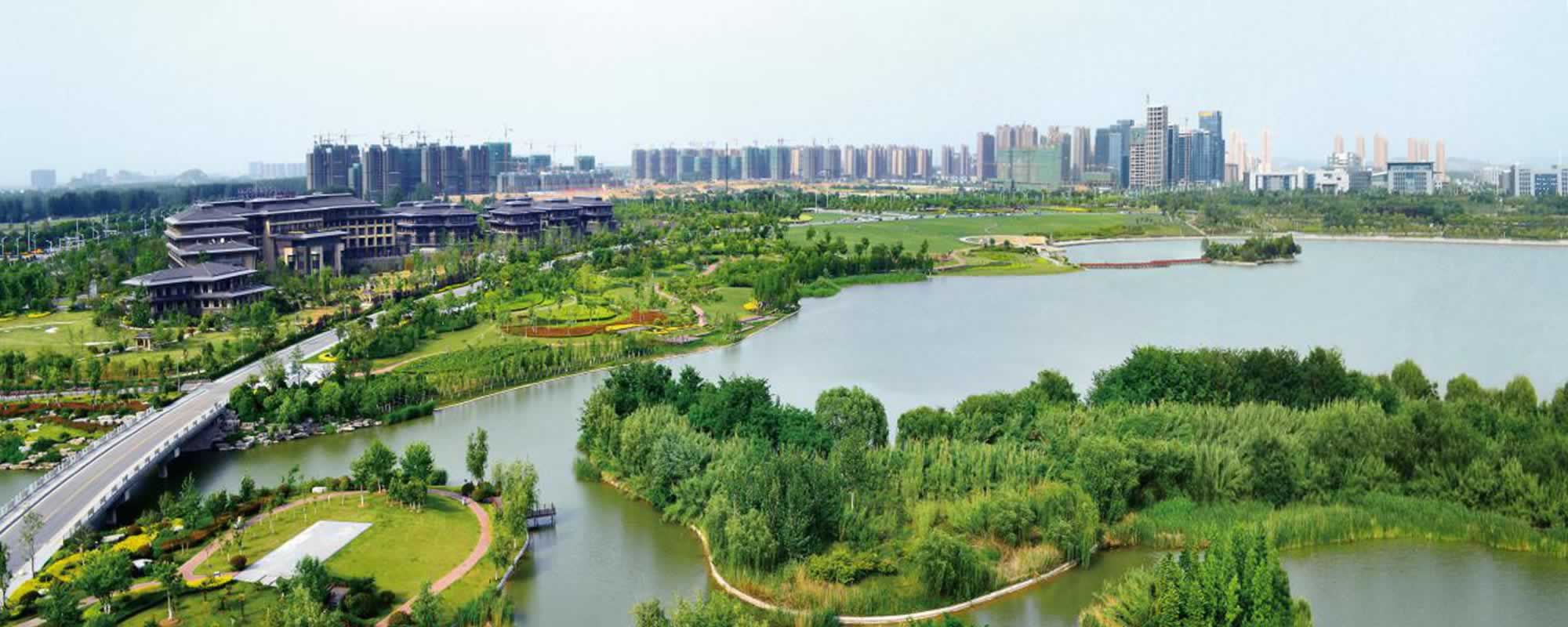 Dalong Lake Cultural Tourism Resources 1. The total area of Dalong Lake wetland is 6.37 square kilometers, backed by Tuolong mountain, and the green space coverage rate reaches 57.4%. The air is fresh, with more than 1500 negative oxygen ions per cubic centimeter. There are more than 40 species of fish and more than 150 species of plants in Dalong lake. It is also an important wintering habitat for migratory waterfowl, with more than 80 species of birds. There are tuolongshan Forest Park, Xuzhou Urban Planning Museum, Christian Church, shundihe scenic belt, Dalong Lake wetland landscape, Hekou Park, qinshuiwan international style street, Wedding Expo Park, Taohua island and other characteristic landscapes.
Dalong Lake Cultural Tourism Resources 1. The total area of Dalong Lake wetland is 6.37 square kilometers, backed by Tuolong mountain, and the green space coverage rate reaches 57.4%. The air is fresh, with more than 1500 negative oxygen ions per cubic centimeter. There are more than 40 species of fish and more than 150 species of plants in Dalong lake. It is also an important wintering habitat for migratory waterfowl, with more than 80 species of birds. There are tuolongshan Forest Park, Xuzhou Urban Planning Museum, Christian Church, shundihe scenic belt, Dalong Lake wetland landscape, Hekou Park, qinshuiwan international style street, Wedding Expo Park, Taohua island and other characteristic landscapes.
2、The Han culture scenic spot covers an area of more than 1400 mu. It is the largest Han culture theme park in China and a national 4A level cultural tourism area, integrating Han tombs, Han terracotta warriors and horses, Han painted statues and stones. There are two national key cultural relics protection units. The scenic spot has been awarded the honorary titles of "China's Environmental Art Demonstration scenic spot", "national 4A scenic spot", "China's most deserving 50 local silver awards for foreigners" and so on. It receives millions of tourists every year.
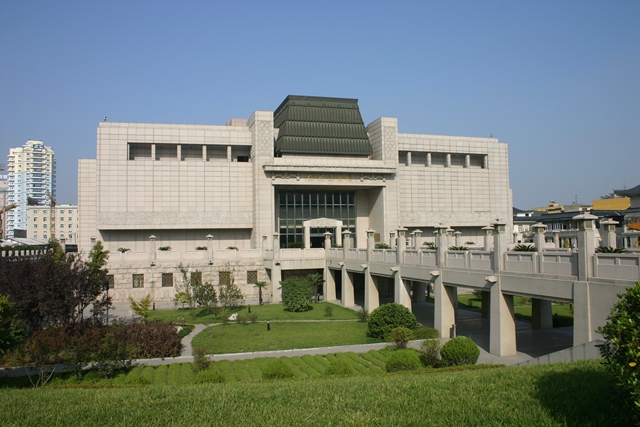
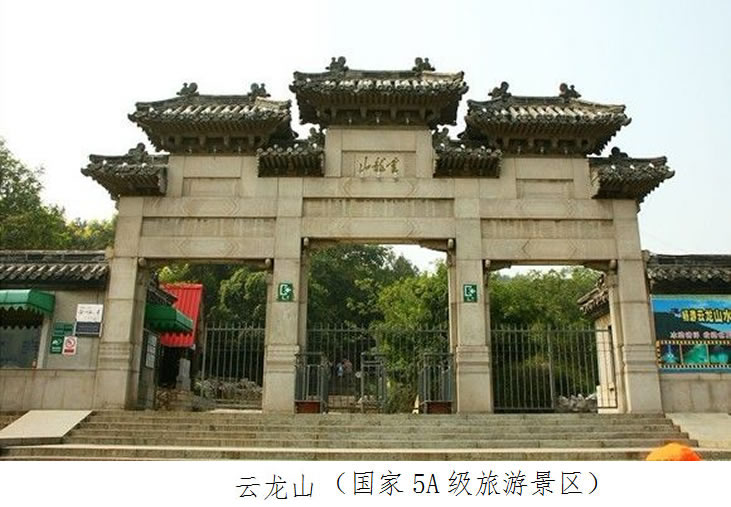

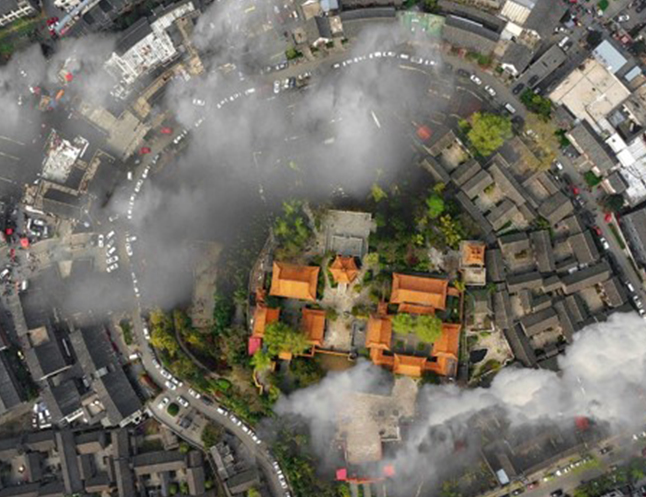
6、Kuaizai ting, with a total area of 4.8 hectares, is named after Su Shi's "Kuai zai ci feng fu". The ancient open corridors in the garden are surrounded and connected, with distinct layers. There are various kinds of flowers and trees in the accessory room, flower bed and Taihu Lake Shihe, crisscross and unique. In the large lotus pond in the East and west of the small bridge, the pavilion, waterside pavilion and curved bridge are connected. Spring and summer, lotus enchanting, fragrance overflowing, is a quiet and beautiful scenic spot.
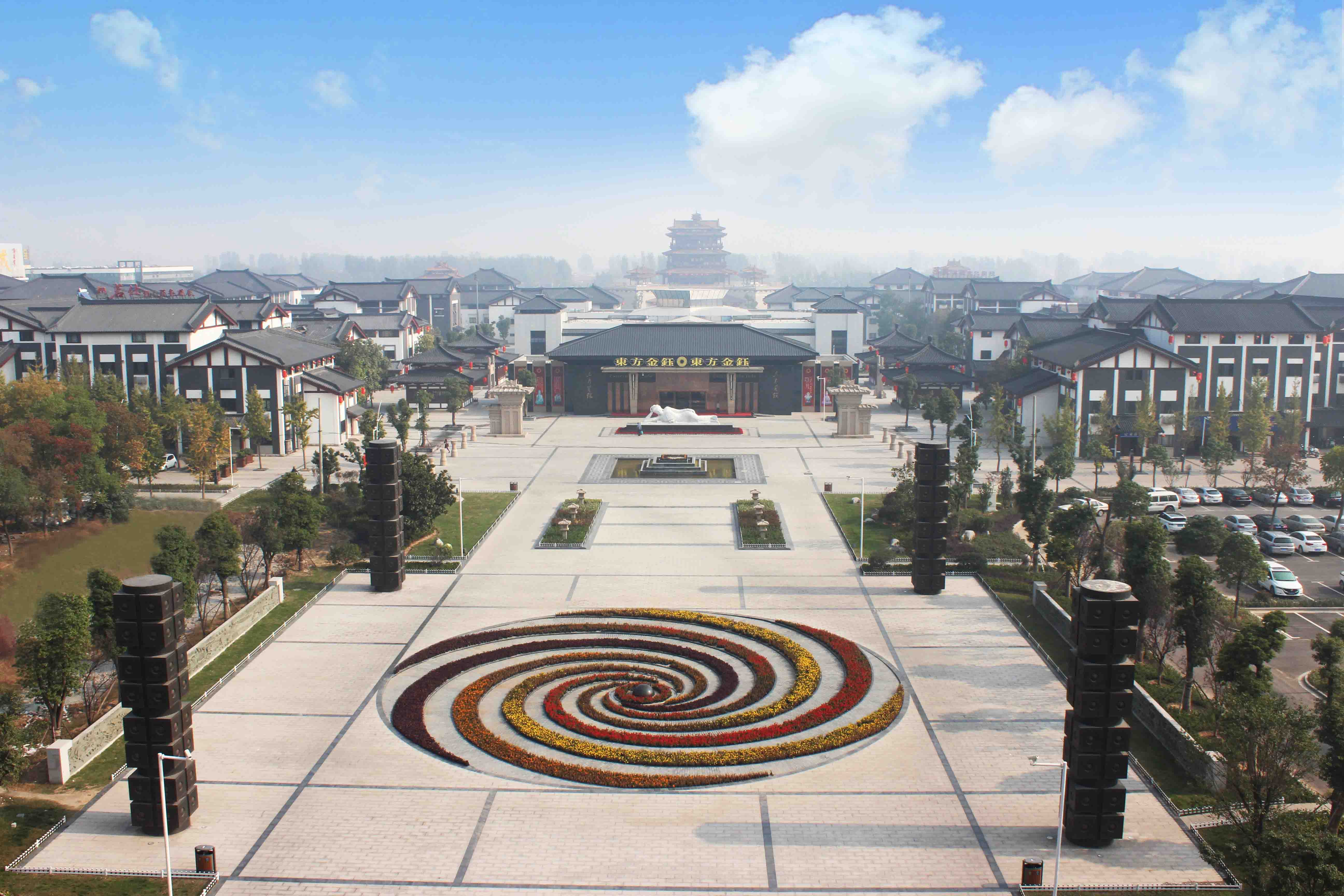
7、 Huilongwo, with a total area of 2200 square meters, is one of the few historic districts in Xuzhou that can represent and show the rich and diverse history and culture of Xuzhou. It retains the architectural pattern of the late Qing Dynasty and is a historical and cultural area of old Xuzhou, which is very precious in Xuzhou. There are local cuisine, Xuzhou folk culture, local time-honored brands, City Wall Museum, ancient residential Museum, national school, painting and Calligraphy Academy, intangible cultural heritage exhibition, fashion chain business and cultural theme Inn, etc. It is a historical and cultural district integrating business, leisure and entertainment.
8、 Therefore, the Yellow River scenic belt, with a total length of 7 kilometers and a green area of 157.6 mu, is a masterpiece of Xuzhou people's reconstruction of the Yellow River and the pride of Xuzhou people. The park runs through the ancient city, with a total length of 7 kilometers and a green area of 157.6 mu. It is an open large-scale public green space. Along the line, the two sides are covered with green trees, evergreen all the year round, connected with scenic spots and pleasant scenery. There are Shihong Island, jizuiba, pailou, Huanglou, Zhenshui Tieniu and other historical and cultural relics.
Panorama.jpg
9、 Covering an area of 365 mu, Huaihai Cultural Expo Park is the largest and the highest grade cultural industry park in Huaihai Economic Zone with the theme of cultural art exhibition and trade. It is one of the first batch of key cultural industry parks in Jiangsu Province, a provincial modern service industry cluster, a provincial cultural industry demonstration base, a national 3A scenic spot, and the location of Xuzhou Tourism Service Center. The park is composed of Pengzu building, a landmark building, and 20 Chinese style buildings. The park gathers fine arts and crafts from all over the world. Among them, 32 jadeite Avalokitesvara statues and 38 tons Burmese white jade Reclining Buddha can be called national treasures. The park has profound cultural heritage. Huaxia academy will show you the profoundness of traditional culture. Provincial Bangzi theater and Liuqin theater will show you the charm of old Xuzhou Louwenhuan collection will take you on a treasure hunt tour. The park has complete tourism distribution functions, providing you with short-term tour services of the city and zhoubina, and you can enjoy the tour without worry.
10、 Xuzhou Olympic Sports Center, with a total area of 230000 square meters, is designed by Southwest design and Research Institute of China architecture, which represents the international standard of stadium design. It takes the "jade and silk" reflecting the cultural characteristics of the Han Dynasty in Xuzhou as the source of conception, and fully embodies the design theme of "turning fighting into jade and silk". It not only carries forward the Olympic spirit, but also vividly represents the transformation of Xuzhou from a former strategist The brilliant course of the transformation from a place of competition to a city of merchants. The Olympic Sports Center is divided into entrance square area, competition training area, sports park area, hotel reception area and ecological landscape area. The main buildings include a 35000 seat stadium, a 2000 seat swimming and diving hall, a ball game hall, a 2000 seat comprehensive training hall and a sports hotel. Among them, there are 6 tennis courts, 52 badminton courts and 52 table tennis courts in the ball court, 400 fixed seats in the tennis court and 800 activity seats in the badminton court; the comprehensive training hall is usually used as a training place, which can meet the warm-up needs during the game, and can also build a stage to become a performing arts center. It is a beautiful open sports park. As a city reception hall and a new landmark building in Xuzhou, it can meet the functional needs of the Provincial Games, high-level domestic and international sports competitions, as well as mass fitness, large-scale gatherings, exhibitions and cultural and tourism activities.
11、 Huaihai International Expo Center covers an area of 120.8 hectares. With the unique geographical location of the ancient city of Xuzhou as the "thoroughfare of five provinces", it integrates the form concept of eagle flying into the design to build an international exhibition center integrating exhibition, conference, catering, entertainment and cultural tourism. As the largest convention and Exhibition Center in Huaihai Economic Zone, it fills the gap that Xuzhou lacks modern and full-function venues to hold large-scale exhibitions, and becomes an important window for Xuzhou to open to the outside world.
12、 Yunlong mountain, Tuolong mountain, lion mountain and Camel Mountain are important parts of the National Forest Park around the city, with a total area of 1333.33 hectares. It belongs to temperate monsoon climate zone. The vegetation is mainly deciduous broad-leaved forest and coniferous broad-leaved mixed forest. The highest peak is the main peak of Quanshan mountain, with an altitude of 238.2 meters. The total area of the park is 1333.33 hectares. There are 590 species of seed plants belonging to 317 genera of 112 families, including 28 species of gymnosperms belonging to 14 genera of 5 families and 562 species of angiosperms belonging to 303 genera of 107 families. The proportion of temperate flora was the highest, accounting for 38.13%, followed by tropical flora, accounting for 33.46%. The main forest types are: coniferous forest, cryptospermum orientalis community, cryptospermum Lespedeza Platycladus community, cryptospermum zizanioides community, deciduous broad-leaved forest, deciduous broad-leaved forest, deciduous broad-leaved forest, deciduous broad-leaved forest, deciduous broad-leaved forest, deciduous broad-leaved forest, deciduous broad-leaved broad-leaved forest. The plants are Platycladus orientalis, Wuhua, Mantou fruit, leaf cutting iron broom, Lespedeza multiflora, Sanguisorba officinalis, Sanguisorba officinalis, Belamcanda chinensis, cryptozia chinensis, Prunus humilis, mianji'er, raspberry, spirodendron sinense, Zizyphus jujuba, Aristolochia lanuginosa, Robinia pseudoacacia, Magnolia, Selaginella Selaginella, huangbeicao, digouye, Potentilla, etc.













